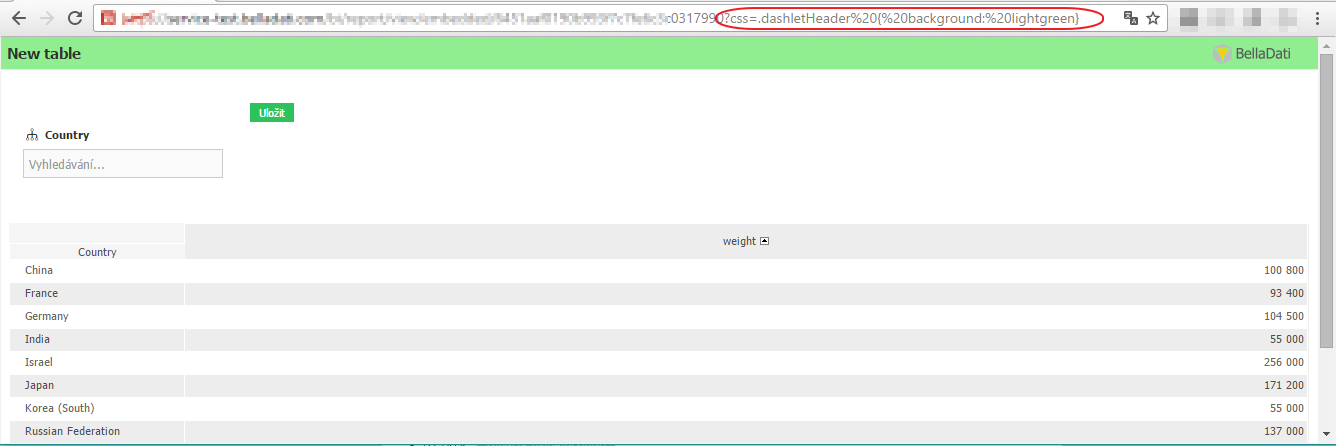Here is a list of best practices which we strongly recommend to follow to get the best results and performance.
Best practices for data set
- Amount of indicators and attributes in one data set
Keeping reasonable amount of indicators and attributes inside a single data set may help the end users to keep their analytics in well organized form. From the performance point of the view, more objects need more HW resources and may lead to performance slow downs if the limit is reached. Recommended amount of attributes/indicators defined within one data set is 100. Generally having 100 objects inside one data set is anti-pattern, the same when having more than 10 views inside one report. This may lead to the performance issues. There must always be a way how to define the reports and data set in more efficient way - having more data sets and more reports to reduce complexity of single data and single report. - Maximum number of indexed attributes
Having more than 50 indexed attributes (indexed = intended to use for aggregations and filtering, string, date, time, geopoint) may have deep impact on the report calculation response times. We recommend to carefully distinguish between indexed and not indexed attributes on the import settings stage. Descriptive attributes like long texts or GeoJSON should use appropriate attribute types.
Best practices for Reports
- Number of views in each report
It is recommended to limit number of views in each report to 10. Users are encouraged to use Folders or Custom menu to enhance end-user experience. - Best practices for formulas
See Formula best practices.
Overview
Content Tools
